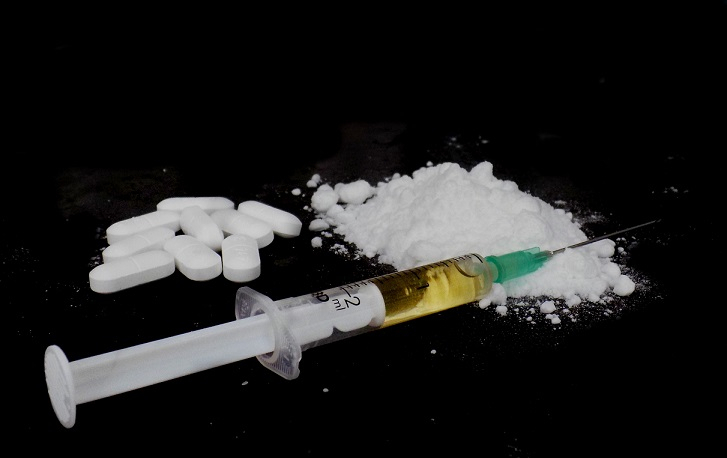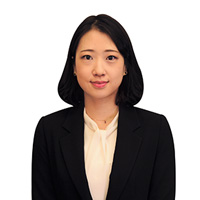Narcotic residues found in Korea's sewage plants
Every sewage treatment facility inspected by the government contains methamphetamine
By Choi Jae-heePublished : June 9, 2023 - 14:52

Residue of methamphetamine, a common illegal substance, also known as “philopon” in South Korea, was detected in 34 sewage plants nationwide every year for the past three years, according to the Ministry of Food and Drug Safety.
Since 2020, the ministry has conducted the sewage test each year, whereby researchers collect samples of untreated sewage and analyze the concentration of drug residues to quantify drug use within a community.
According to the latest report released by the ministry, all of the 34 tested sewage plants contained either one of the following five illegal drug substances: meth, cocaine, ecstasy, LSD, amphetamine.
Traces of methamphetamine have been found in all the surveyed sewage treatment facilities for the past three years, and the estimated average daily consumption of meth per 1,000 people during the cited period was approximately 20 milligrams, the highest among the seven tested drug substances.
The number of sewage disposal plants with ecstasy residue has been on a gradual increase from 19 in 2020 to 27 in 2022.
The estimated average amount of ecstasy used per grouping of 1,000 people per day also showed an upward trend from 1.71 milligrams to 2.58 milligrams in the same period.
Meanwhile, metropolises and port cities showed relatively higher levels of estimated drug consumption.
The estimated average amount of meth used per 1,000 people per day 2020-2022 in three port areas -- Busan, Incheon and Ulsan -- was estimated to be 31.63 milligrams, while the figure for other regions stood at 18.26 milligrams.
When comparing seven major urban areas – Seoul, Busan, Daegu, Incheon, Gwangju, Daejeon, Ulsan and Gyeonggi Province -- to other regions, residents in the major urban areas were more exposed to meth, with the estimated average amount of meth per 1,000 people per day there reaching 26.52 milligrams. The average amount in other regions was 13.14 milligrams.
Among the surveyed drug substances, cocaine was found only in sewage treatment plants in Seoul, Busan, Incheon and Gyeonggi Province. A sewage treatment plant near Incheon Airport had the highest estimated average amount of cocaine per 1,000 people per day with 42.82 milligrams.
“Through this sewage analysis, we can identify the types of drugs consumed by people. This method is being widely used in major countries such as Australia and in the European Union,” a ministry official said.
“We will continue with in-depth investigations into a greater number of sewage treatment plants to contribute to drug prevention efforts."








![[KH Explains] Hyundai's full hybrid edge to pay off amid slow transition to pure EVs](http://res.heraldm.com/phpwas/restmb_idxmake.php?idx=644&simg=/content/image/2024/04/18/20240418050645_0.jpg&u=20240419100350)







![[From the Scene] Monks, Buddhists hail return of remains of Buddhas](http://res.heraldm.com/phpwas/restmb_idxmake.php?idx=652&simg=/content/image/2024/04/19/20240419050617_0.jpg&u=20240419175937)

![[KH Explains] Hyundai's full hybrid edge to pay off amid slow transition to pure EVs](http://res.heraldm.com/phpwas/restmb_idxmake.php?idx=652&simg=/content/image/2024/04/18/20240418050645_0.jpg&u=20240419100350)

![[Today’s K-pop] Illit drops debut single remix](http://res.heraldm.com/phpwas/restmb_idxmake.php?idx=642&simg=/content/image/2024/04/19/20240419050612_0.jpg&u=)